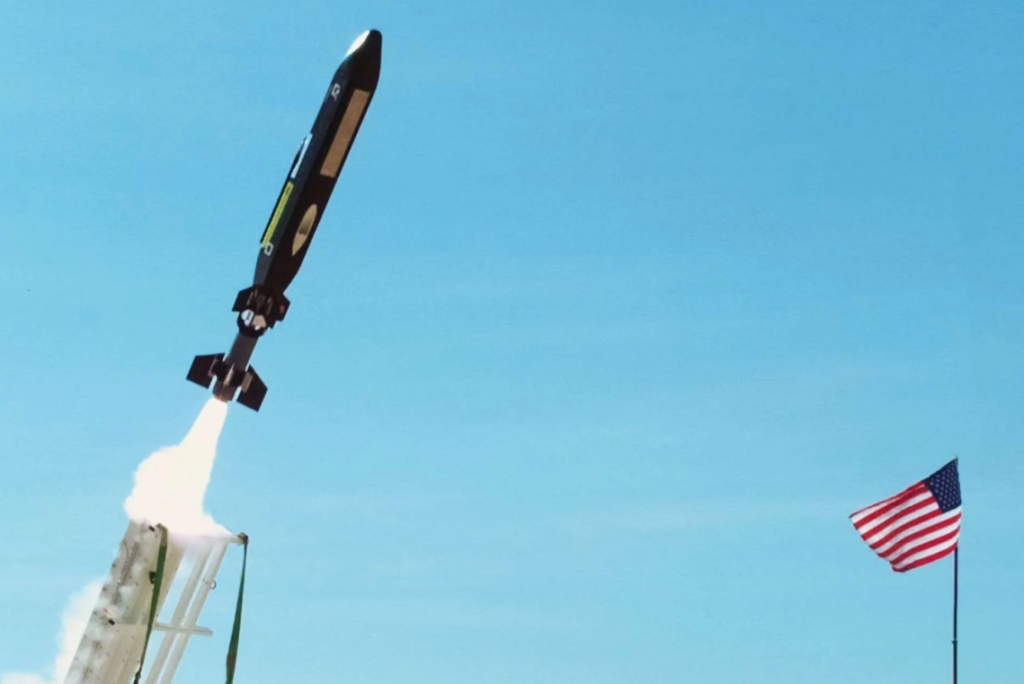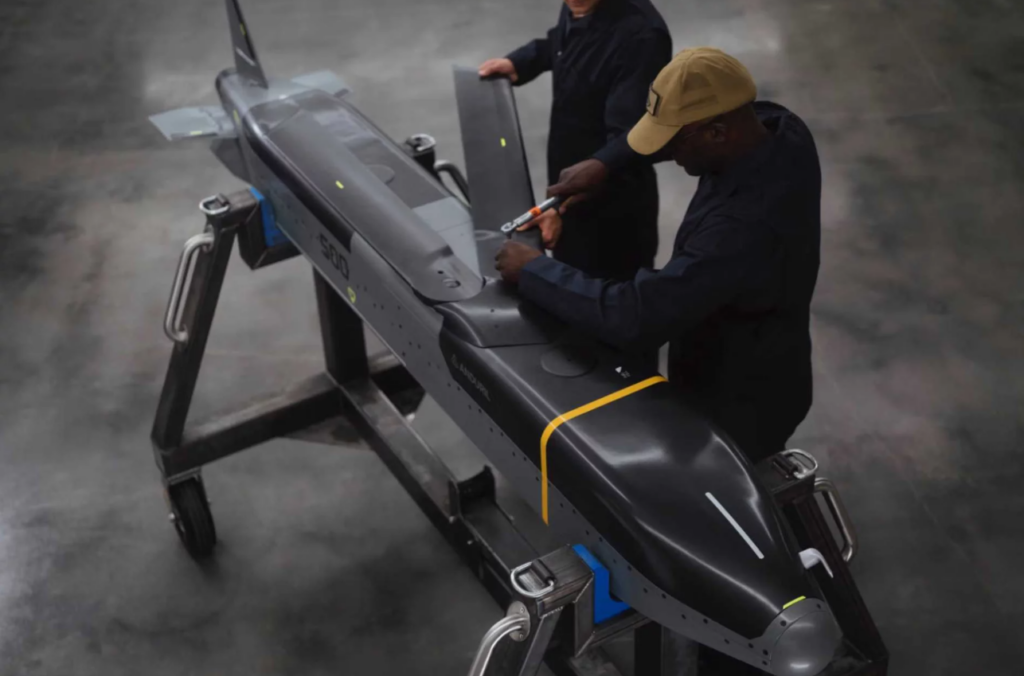Anduril Successfully Tests Prototype Surface-Launched Barracuda-500 Missile
Anduril Industries announced on September 23, that it had completed the first successful test of a prototype surface-launched Barracuda-500 missile. Company executives revealed at an Air & Space Forces Association conference (National Harbor, MD) that the earlier test conducted in 2025 at an undisclosed Anduril range demonstrated the viability of a new ground-launch configuration for the Barracuda-500. The Barracuda family of autonomous air-breathing cruise missiles was designed to be a low-cost, mass-producible complement to the U.S. inventory. Anduril says the -500 variant can be fired from the ground as it is fitted with a small solid-rocket booster on its tail.
The Barracuda-500 is impressive for its size. Anduril stated that all Barracuda missiles can reach approximately 500 knots (≈ 575 mph), maneuver up to 5g, and carry a payload of over 100 pounds. Specifically, the Barracuda-500 “could have a range of more than 500 nautical miles, carry more than 100 pounds of payload and loiter for more than two hours,” the company said. More than 90% of parts are standard across all Barracuda variants. The booster kit itself can utilize domestically built or allied rocket motors, thereby avoiding foreign supply bottlenecks. Anduril is designing the Barracuda-500 to fire from existing surface-launched missile systems – for example HIMARS or Patriot launchers, Harpoon anti-ship launchers, or even containerized launch racks – so it can plug into current arsenals.

Anduril has been forthright about why it built this system. The company bluntly notes that “existing solutions are too expensive, too exquisite, and too hard to produce,” and that U.S. forces “need an affordable, mass-producible way to project power over long distances.” Anduril said the surface-launched Barracuda-500 test showed the effectiveness of the missile and booster, and called it a step toward giving the U.S. and allies a new option for long-range precision fires. Anduril emphasized that this is just one step in development, aiming for a final capability that is “not only capable, but is also more producible, affordable, and flexible than existing solutions on the market today.”
The successful Barracuda-500 missile test is significant for both industry and military planners. It validates a high-rate, plug-and-play approach to precision strike that could help fill munitions gaps. Anduril says it has the factory infrastructure to scale production to potentially up to 5,000 Barracuda-500s per year by the end of 2026. By demonstrating a working surface-launched missile system, Anduril is staking a claim in future long-range strike capabilities, signaling that “production is deterrence” and that scalable, AI-capable cruise missiles can supplement more expensive legacy systems.

